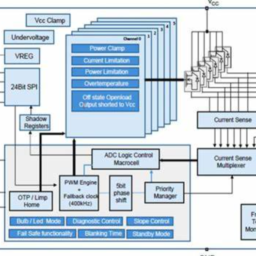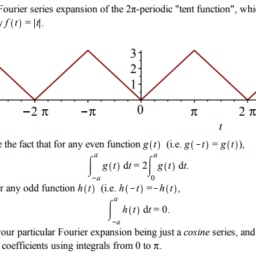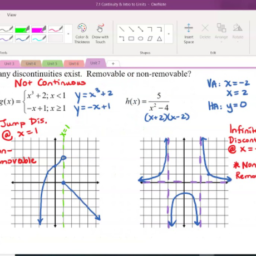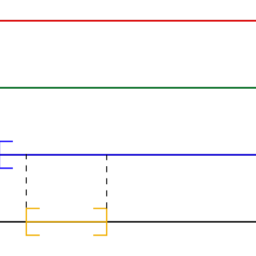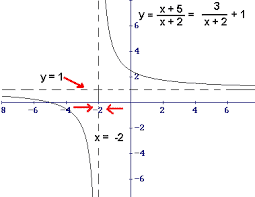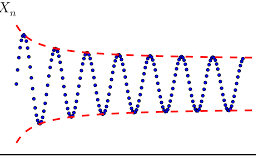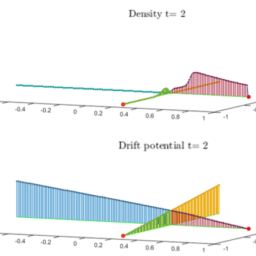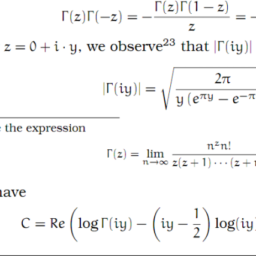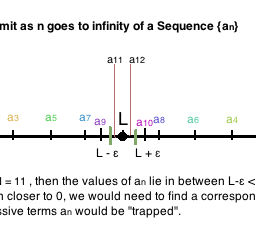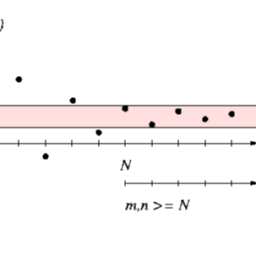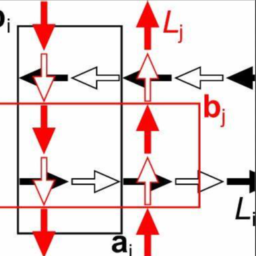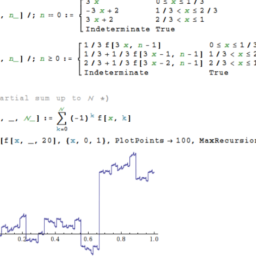There is a theorem about the integral of a continuous function which requires the notion of uniform continuity. Uniform continuity is discussed in this section. Consider the function $f(x)=\frac{1}{x}$ for $x \in(0,1)$. This is a continuous function because, by Theorem $6.0 .7$, it is continuous at every point of $(0,1)$. However, for a given $\varepsilon>0$, the $\delta$ needed in the $\varepsilon, \delta$ definition of continuity becomes very small as $x$ gets close to 0 . The notion of uniform continuity involves being able to choose a single $\delta$ which works on the whole domain of $f$. Here is the definition.
Definition 6.7.1 Let $f$ be a function. Then $f$ is uniformly continuous if for every $\varepsilon>0$, there exists a $\delta$ depending only on $\varepsilon$ such that if $|x-y|<\delta$ then $|f(x)-f(y)|<\varepsilon$.
It is an amazing fact that under certain conditions continuity implies uniform continuity.
Theorem $6.7 .2$ Let $f: K \rightarrow \mathbb{F}^{q}$ be continuous where $K$ is a sequentially compact set in $\mathbb{F}^{p}$. Then $f$ is uniformly continuous on $K$.
Proof: If this is not true, there exists $\varepsilon>0$ such that for every $\delta>0$ there exists a pair of points, $x_{\delta}$ and $y_{\delta}$ such that even though $\left|x_{\delta}-y_{\delta}\right|<\delta,\left|f\left(x_{\delta}\right)-f\left(y_{\delta}\right)\right| \geq \varepsilon$. Taking a succession of values for $\delta$ equal to $1,1 / 2,1 / 3, \cdots$, and letting the exceptional pair of points for $\delta=1 / n$ be denoted by $x_{n}$ and $y_{n}$,
$$
\left|x_{n}-y_{n}\right|<\frac{1}{n},\left|f\left(x_{n}\right)-f\left(y_{n}\right)\right| \geq \varepsilon .
$$
Now since $K$ is sequentially compact, there exists a subsequence, $\left{x_{n_{k}}\right}$ such that $x_{n_{k}} \rightarrow$ $z \in K$. Now $n_{k} \geq k$ and so $\left|x_{n_{k}}-y_{n_{k}}\right|<\frac{1}{k}$. Consequently, $y_{n_{k}} \rightarrow z$ also. $x_{n_{k}}$ is like a person walking toward a certain point and $y_{n_{k}}$ is like a dog on a leash which is constantly getting shorter. Obviously $y_{n_{k}}$ must also move toward the point also. Indeed,
$$
\left|y_{n_{k}}-z\right| \leq\left|y_{n_{k}}-x_{n_{k}}\right|+\left|x_{n_{k}}-z\right| \leq \frac{1}{k}+\left|x_{n_{k}}-z\right|
$$
and the right side converges to 0 as $k \rightarrow \infty$.
By continuity of $f$ and Theorem 6.1.2
$$
0=|f(z)-f(z)|=\lim {k \rightarrow \infty}\left|f\left(x{n_{k}}\right)-f\left(y_{n_{k}}\right)\right| \geq \varepsilon,
$$
an obvious contradiction. Therefore, the theorem must be true.
The following corollary follows from this theorem and Theorems 4.8.13 4.8.12 which give closed and bounded sets are sequentially compact.
Corollary 6.7.3 Suppose $K$ is any closed and bounded set in $\mathbb{F}^{p}$. Then if $f$ is continuous on $K$, it follows that $f$ is uniformly continuous on $K$.
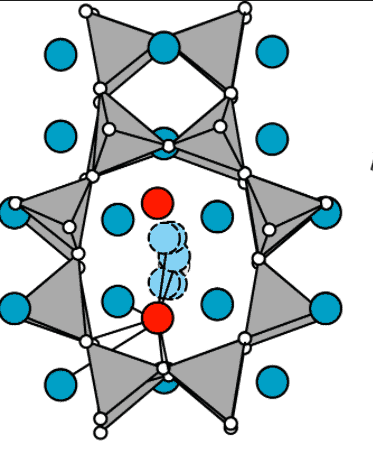
有一个关于连续函数积分的定理需要一致连续性的概念。本节讨论均匀连续性。考虑 $x \in(0,1)$ 的函数 $f(x)=\frac{1}{x}$。这是一个连续函数,因为根据定理 $6.0 .7$,它在 $(0,1)$ 的每个点上都是连续的。然而,对于给定的 $\varepsilon>0$,$\varepsilon, \delta$ 连续性定义中所需的 $\delta$ 随着 $x$ 接近 0 变得非常小。一致连续性的概念涉及能够选择一个在整个 $f$ 域上工作的 $\delta$。这是定义。
定义 6.7.1 令 $f$ 为函数。那么 $f$ 是一致连续的,如果对于每个 $\varepsilon>0$,存在一个仅依赖于 $\varepsilon$ 的 $\delta$ 使得如果 $|xy|<\delta$ 那么 $|f(x)- f(y)|<\varrepsilon$.
一个惊人的事实是,在某些条件下,连续性意味着一致的连续性。
定理 $6.7 .2$ 令 $f: K \rightarrow \mathbb{F}^{q}$ 是连续的,其中 $K$ 是 $\mathbb{F}^{p}$ 中的顺序紧集。则 $f$ 在 $K$ 上一致连续。
证明:如果这不成立,则存在 $\varepsilon>0$ 使得对于每个 $\delta>0$ 存在一对点 $x_{\delta}$ 和 $y_{\delta}$ 使得即使 $\left|x_{\delta}-y_{\delta}\right|<\delta,\left|f\left(x_{\delta}\right)-f\left(y_{\增量}\右)\右| \geq \varepsilon$。取 $\delta$ 的一系列值等于 $1,1 / 2,1 / 3,\cdots$,并让 $\delta=1 / n$ 的特殊点对记为 $x_{n} $ 和 $y_{n}$,
$$
\left|x_{n}-y_{n}\right|<\frac{1}{n},\left|f\left(x_{n}\right)-f\left(y_{n }\右)\右| \geq \varepsilon 。
$$
现在因为 $K$ 是顺序紧致的,所以存在一个子序列 $\left{x_{n_{k}}\right}$ 使得 $x_{n_{k}} \rightarrow$ $z \in K$ .现在 $n_{k} \geq k$ 等等 $\left|x_{n_{k}}-y_{n_{k}}\right|<\frac{1}{k}$。因此,$y_{n_{k}} \rightarrow z$ 也是。 $x_{n_{k}}$ 就像一个人朝某个点走去,$y_{n_{k}}$ 就像一条拴在皮带上的狗,它不断变短。显然 $y_{n_{k}}$ 也必须向该点移动。确实,
$$
\left|y_{n_{k}}-z\right| \leq\left|y_{n_{k}}-x_{n_{k}}\right|+\left|x_{n_{k}}-z\right| \leq \frac{1}{k}+\left|x_{n_{k}}-z\right|
$$
并且右侧收敛到 0 作为 $k \rightarrow \infty$。
通过 $f$ 和定理 6.1.2 的连续性
$$
0=|f(z)-f(z)|=\lim {k \rightarrow \infty}\left|f\left(x{n_{k}}\right)-f\left(y_ {n_{k}}\右)\右| \geq \伐普西隆,
$$
一个明显的矛盾。因此,该定理必须为真。
从这个定理得出以下推论,并且定理 4.8.13 和定理 4.8.12 给出闭集和有界集是顺序紧的。
推论 6.7.3 假设 $K$ 是 $\mathbb{F}^{p}$ 中的任何闭有界集。那么如果$f$ 在$K$ 上是连续的,那么$f$ 在$K$ 上是一致连续的。

微积分note Integer Multiples of Irrational Numbers 请认准UprivateTA™. UprivateTA™为您的留学生涯保驾护航。


